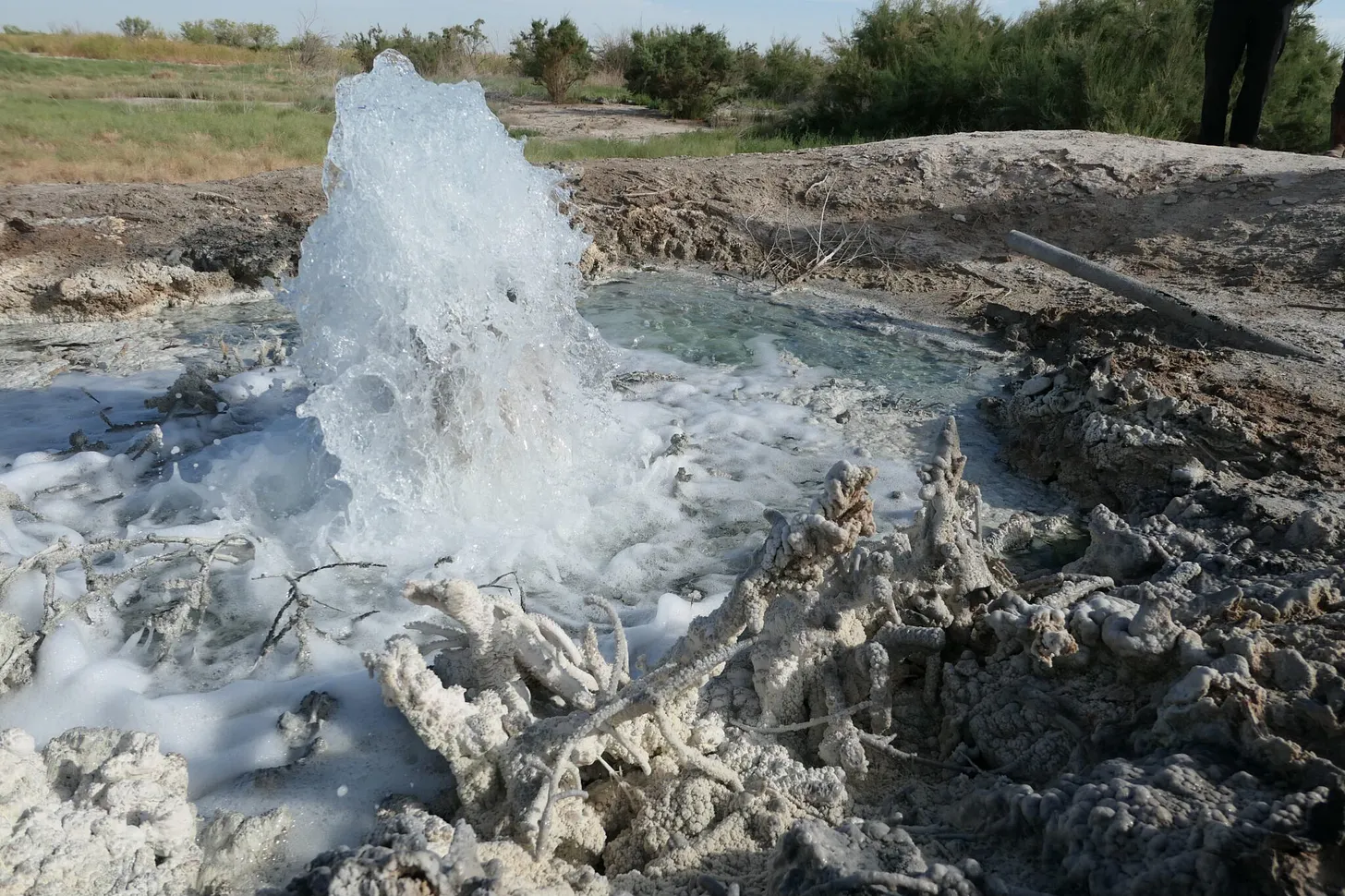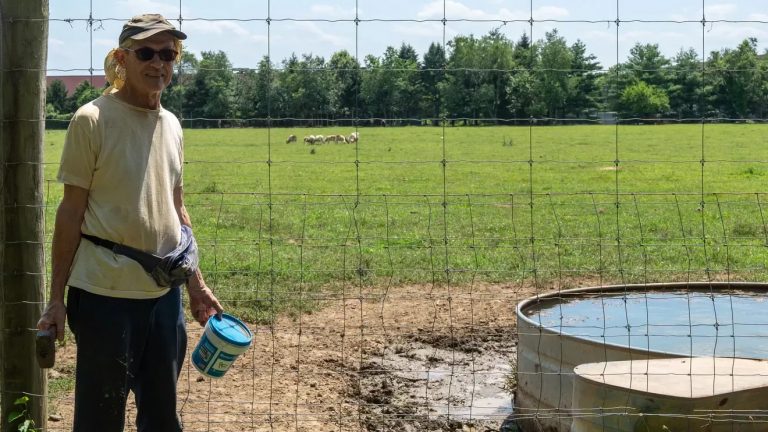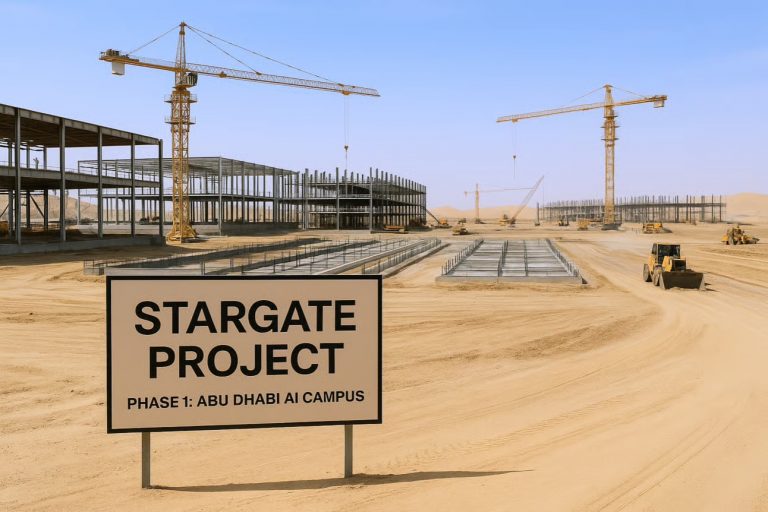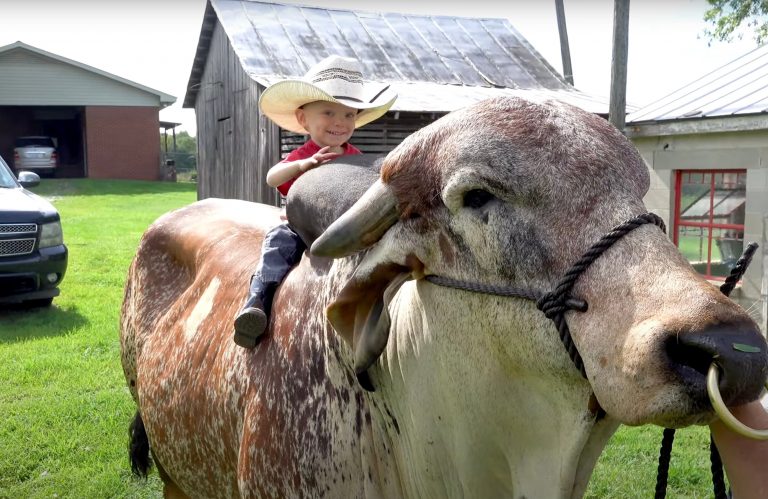Yanasa TV News
A first-of-its-kind ruling puts “produced water” in operators’ hands by default—reshaping leases, liability, and reuse prospects for Texas ranchers.
The Texas Supreme Court has handed down a first-of-its-kind ruling on who owns “produced water,” the salty, often contaminated fluid that comes up with oil and gas. In Cactus Water Services, LLC v. COG Operating, LLC, decided June 27, 2025, the Court held that produced water is oil-and-gas waste and, when leases are silent, it belongs to the mineral lessee—the operator—not the surface owner. The opinion, authored for a unanimous court, resolves years of uncertainty and instantly reshapes bargaining leverage on ranches across the Permian and beyond.

The path to the high court wound through Reeves County, where the Collier family’s lands were under four oil-and-gas leases with COG Operating dating back to the 2000s. Years later, the surface owners signed separate “produced-water lease” agreements with Cactus Water Services that purported to convey rights in the fluid stream coming off COG’s wells. COG sued, arguing that produced water is part of the oil-and-gas production stream and therefore under the lessee’s control. A trial court agreed, a court of appeals affirmed, and the Supreme Court took the case on an issue of first impression: is produced water groundwater that follows the surface estate, or waste from mineral operations that follows the mineral estate? The Court answered firmly that it is the latter.
In the opinion and a concurrence, the justices emphasized two features that will matter to landowners negotiating deals going forward. First, produced water is legally categorized as oil-and-gas waste; second, nothing stops parties from contracting around the default rule. If a lease or surface-use agreement expressly reserves ownership of produced water to the landowner or sets a revenue-sharing formula for reuse or resale, that language can control. But silence now benefits the operator. That is the practical headline for ranch families reviewing older leases that never contemplated today’s water-recycling markets.
The timing of the ruling is consequential because Texas is simultaneously building out a policy framework to move produced water from a costly disposal problem toward a potentially valuable, treated resource. The Railroad Commission’s 2024 “Beneficial Reuse Framework for Pilot Study Authorization” laid out how operators can test treatment technologies and authorize limited uses outside routine oilfield operations, a step toward broader reuse pathways. Meanwhile, universities, agencies, and companies are pouring money into treatment research and pilot projects, from recycling for drilling to exploring industrial and environmental applications. The Supreme Court’s clarification tells investors and landowners who owns the commodity by default as those pilots expand.
For ranchers and farmers, the practical impacts fall into three buckets: leverage, liability, and land use. On leverage, the default ownership rule means that if a legacy lease is silent, any value created by transporting, treating, or reselling produced water is captured by the lessee unless the parties renegotiate. Lawyers advising landowners in the wake of the decision are urging explicit clauses that reserve ownership, require consent for off-lease use, set compensation and audit rights, and allocate environmental risk. Those contract mechanics—once a niche concern—are now front-and-center in surface-use talks across ranch country.
On liability, the ruling does not loosen environmental obligations. Operators remain responsible for handling and disposing of oil-and-gas waste under state rules, and any spills, pipelines, or treatment pads required for reuse still trigger regulatory scrutiny and landowner-operator negotiations over access and remediation. What changes is the starting point for who gets to make decisions about the water’s fate—and who stands to benefit if treatment turns waste into revenue.
On land use and agriculture, the present reality is caution. Raw produced water is typically far too saline and chemically variable for direct irrigation, and agronomic use—if it comes at all—would require sophisticated treatment, monitoring, and crop- and soil-specific safeguards. Texas researchers and advocacy groups note that, while recycling for drilling is now common, proposals to discharge treated water to rivers or to supply non-oilfield industries remain tightly constrained and controversial. In short: don’t plan on watering pastures with produced water anytime soon, but expect more pilot-scale tests and data collection under state oversight.
What led to this courtroom showdown was, in part, the market itself. Texas produces enormous volumes of produced water each day in the Permian Basin, and the economics of trucking and deep-well disposal—along with seismicity concerns tied to injection in some areas—have pushed industry and lawmakers to explore recycling and reuse. Clarifying who owns the water stream was a prerequisite to financing the pipes, pads, and plants that make reuse work at scale. The court has now provided that clarity; the Legislature and regulators will continue to shape where, and how, reuse is allowed.
For Texas ranch families, the next steps are straightforward, if not simple. Pull the leases and surface-use agreements out of the file drawer and read them closely. If produced water is not addressed, the default rule favors the operator after Cactus v. COG. That does not end the conversation; it begins it. In a drought-stressed state where every drop—and every dollar—counts, the question for each ranch is whether to renegotiate for a share of any treatment value, to tighten environmental protections and access terms, or both. With research money flowing and pilot projects expanding, those negotiations are arriving faster than many expected.
The legal fight that began on a single West Texas ranch now sets the baseline for millions of acres. Produced water may be waste in the eyes of the law, but it is increasingly viewed as a managed resource in the eyes of industry and policymakers. The Supreme Court has said who owns it by default. What Texans do with it next—on paper, on the land, and in the lab—will determine whether that default becomes a windfall, a nuisance, or something in between for the people who live and work on the land.









